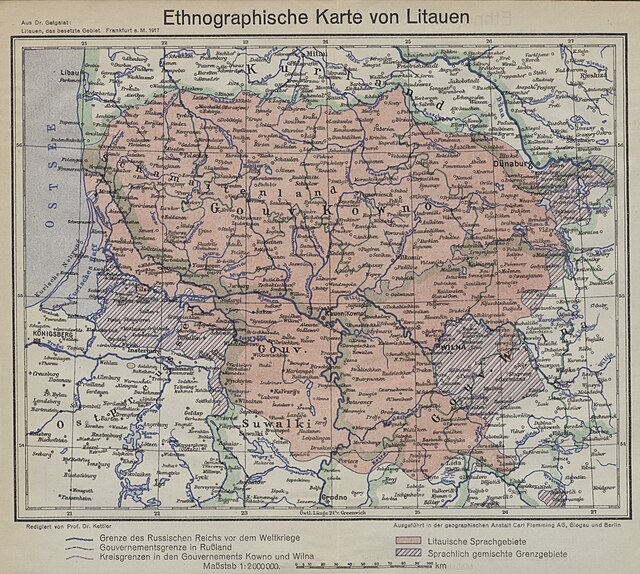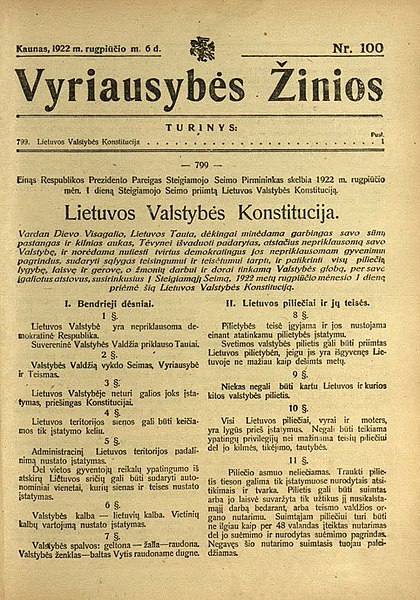Lithuanian book smugglers
Lithuanian book smugglers or Lithuanian book carriers smuggled Lithuanian language books printed in the Latin alphabet into Lithuanian-speaking areas of the Russian Empire, defying a ban on such materials in force from 1864 to 1904. In Lithuanian knygnešys literally means "the one who carries books". Opposing imperial Russian authorities' efforts to replace the traditional Latin orthography with Cyrillic, and transporting printed matter from as far away as the United States to do so, the book smugglers became a symbol of Lithuanians' resistance to Russification.
Motiejus Valančius, one of the main supporters of the Lithuanian press during the ban
Jurgis Bielinis, one of the most famous book-smugglers
Lithuanian book carrier Martynas Survila with his wife Ona, circa 1899
Book Smugglers' Wall
Lithuanian is an East Baltic language belonging to the Baltic branch of the Indo-European language family. It is the language of Lithuanians and the official language of Lithuania as well as one of the official languages of the European Union. There are approximately 2.8 million native Lithuanian speakers in Lithuania and about 1 million speakers elsewhere. Around half a million inhabitants of Lithuania of non-Lithuanian background speak Lithuanian daily as a second language.
The oldest surviving manuscript in Lithuanian (c. 1503), rewritten from a 15th century original text.
Ethnolinguistic area of Lithuanians and the Lithuanian language in 1917 by Prussian Lithuanian professor Vilius Gaigalaitis (Wilhelm Gaigalat), the dashed areas represent linguistically mixed border areas where Lithuanians formed a large minority
Title page of Vyriausybės Žinios with articles of the 1922 Constitution of Lithuania. The sixth article established Lithuanian as the sole official language of Lithuania.
Linguistic areal of the Lithuanian language in Russia and German Prussia by Ethnographer Franz Oskar Tetzner in 1902








